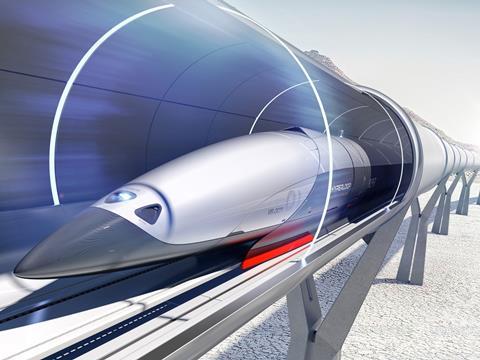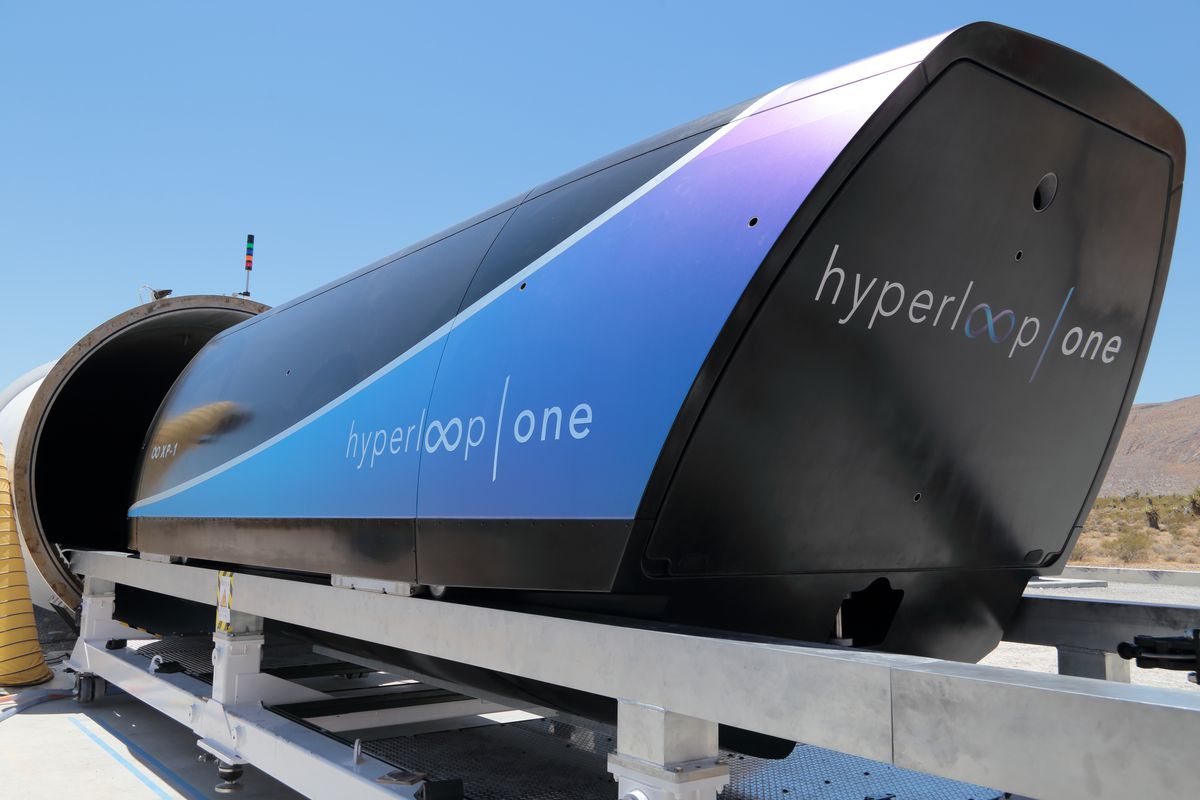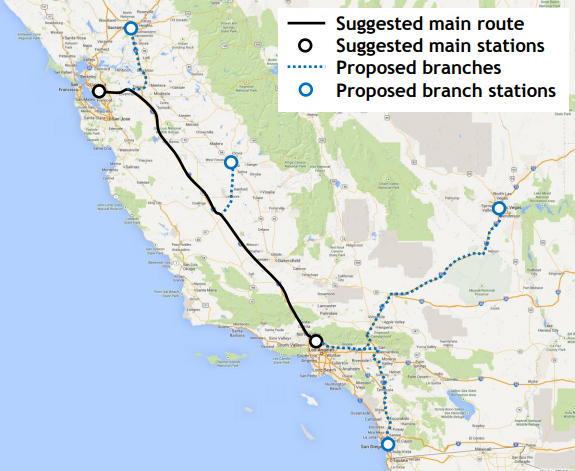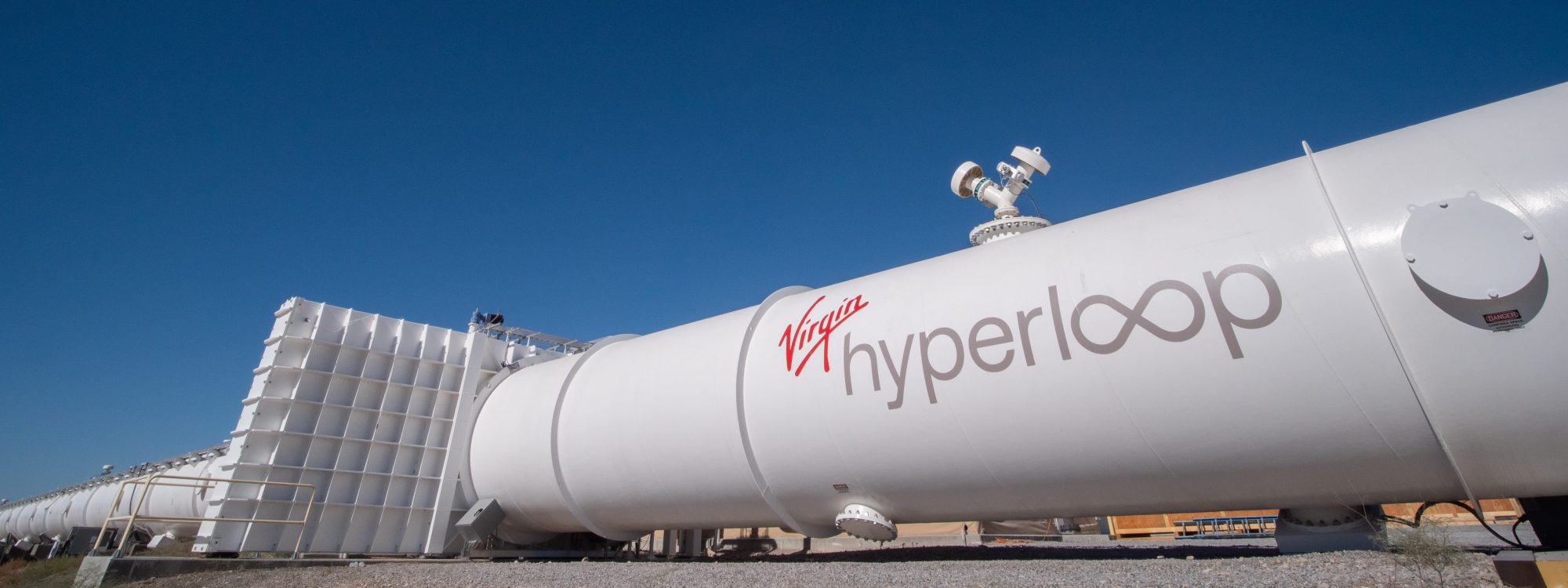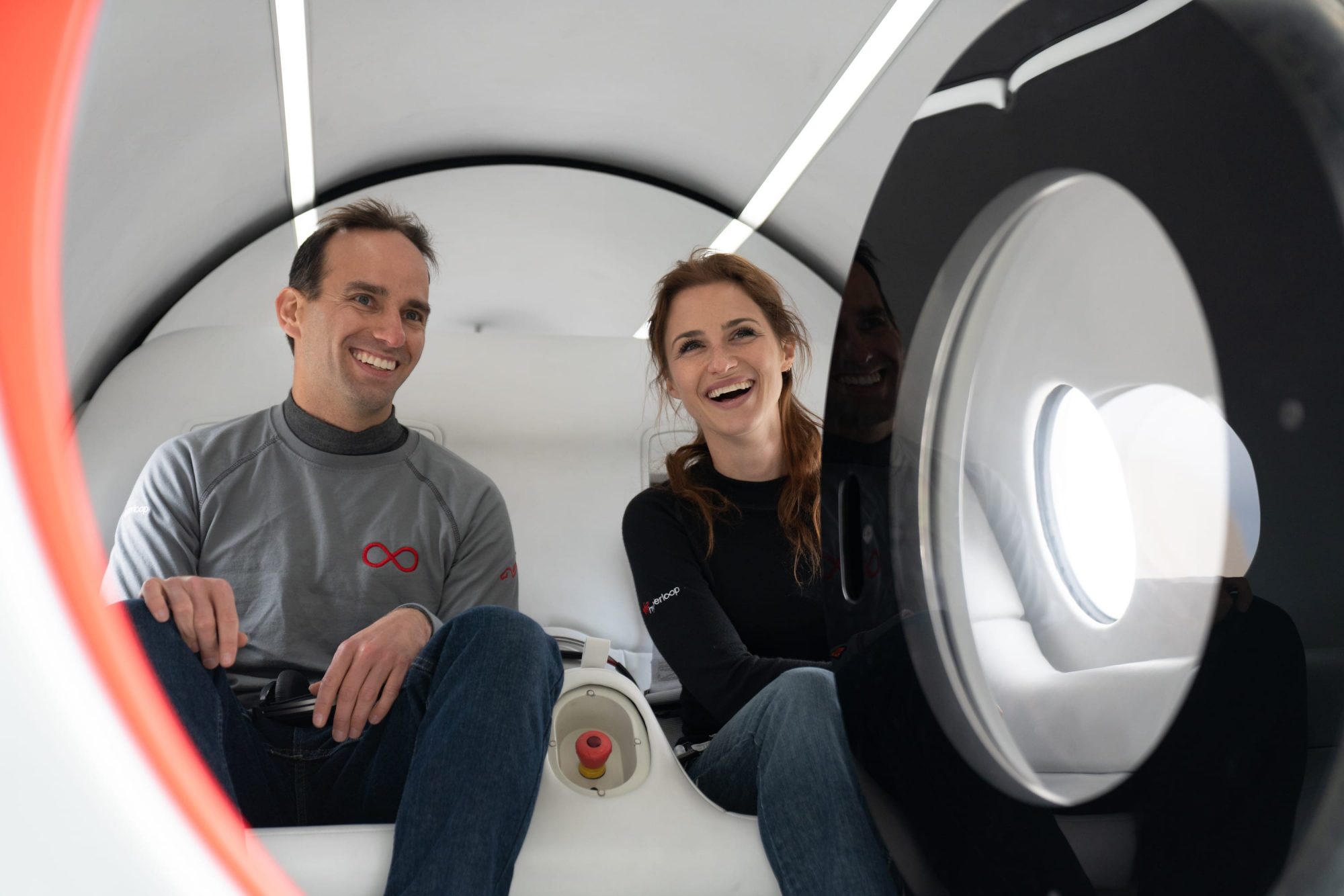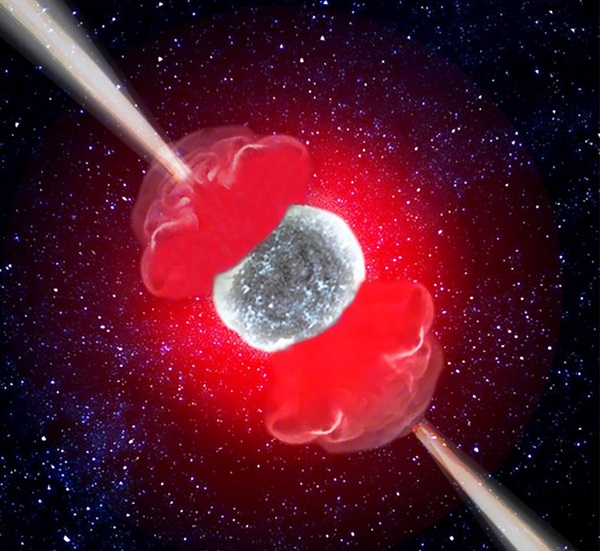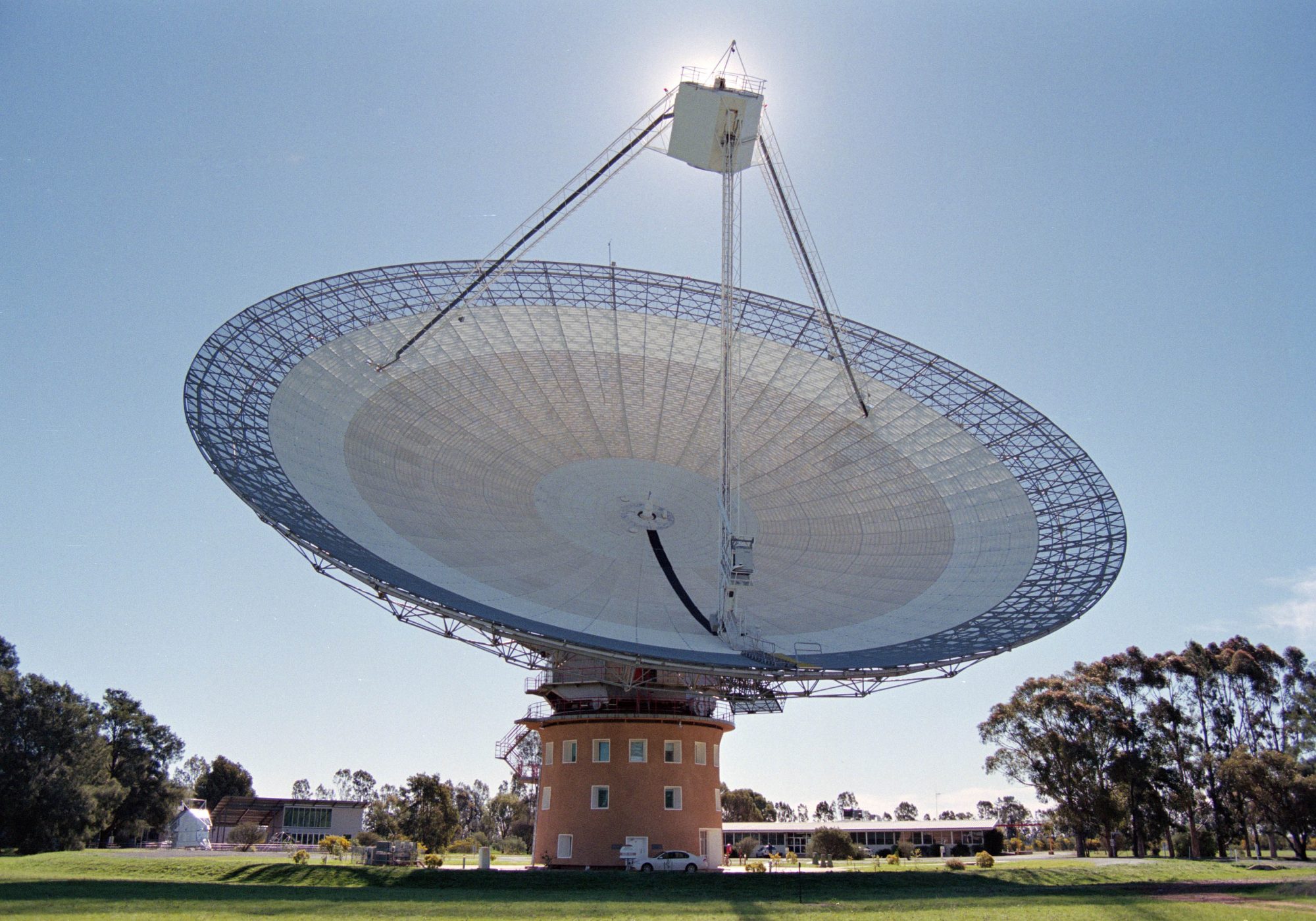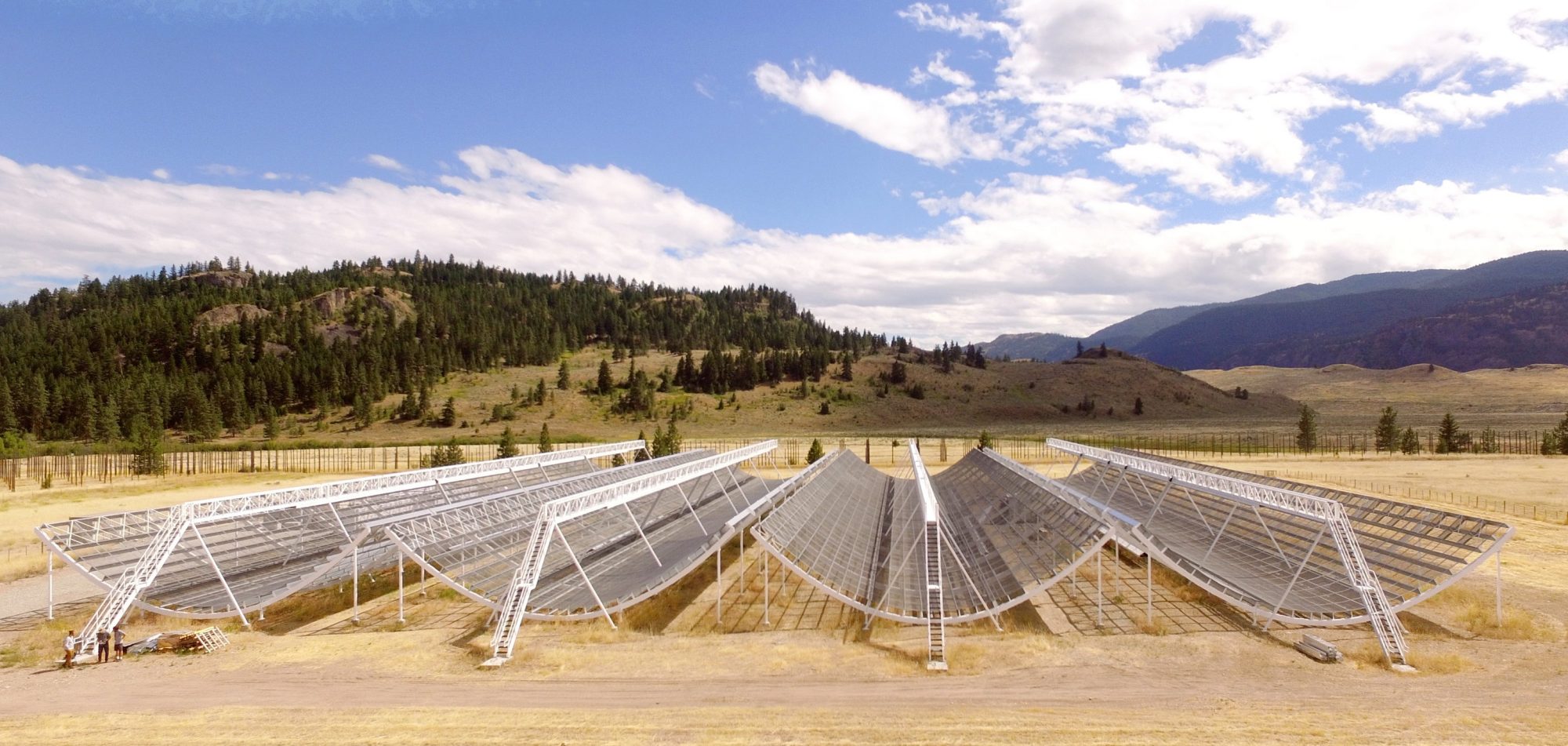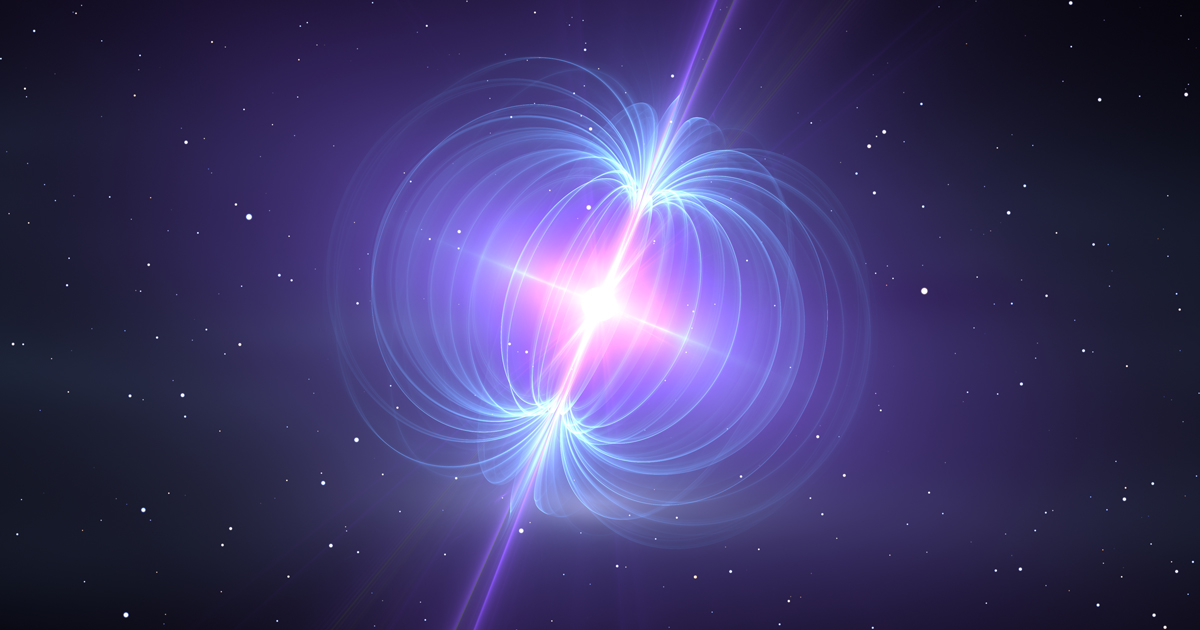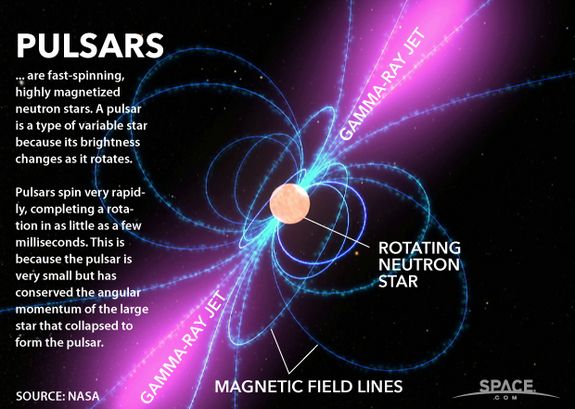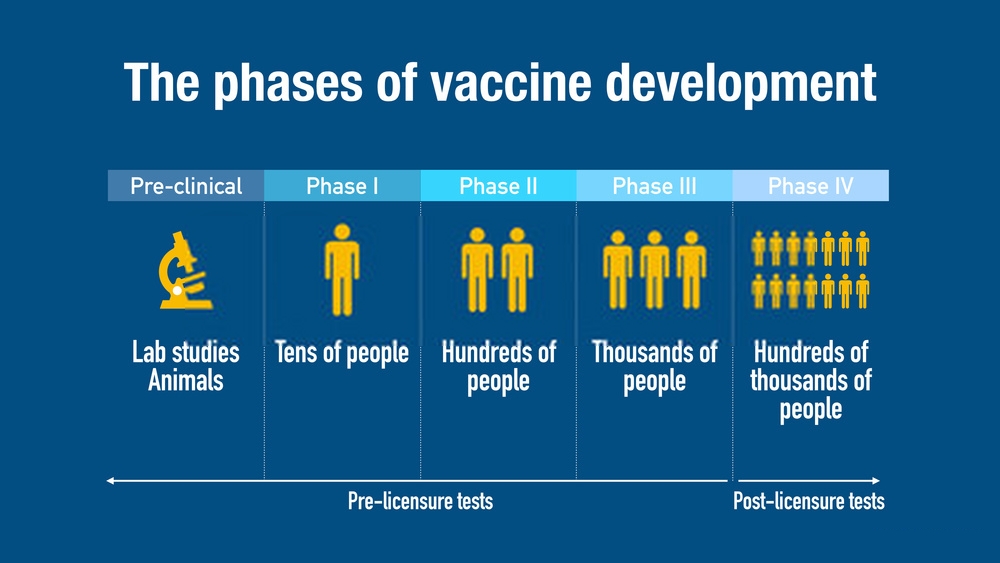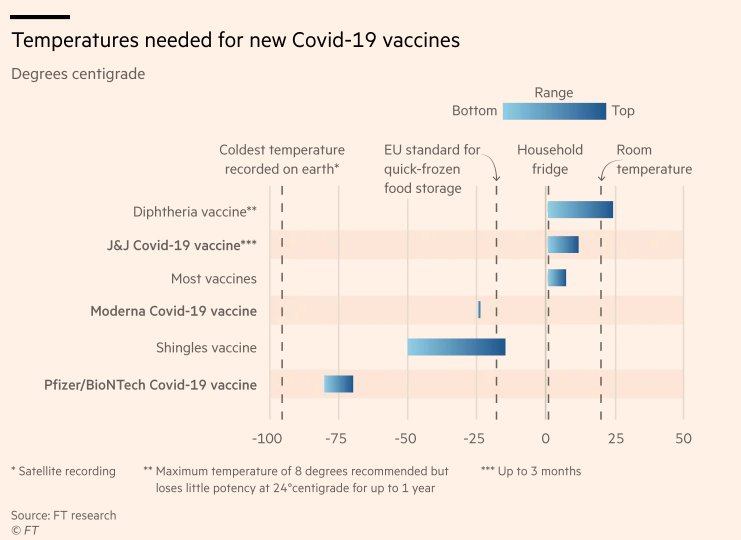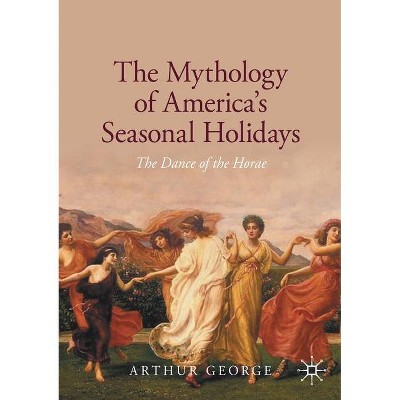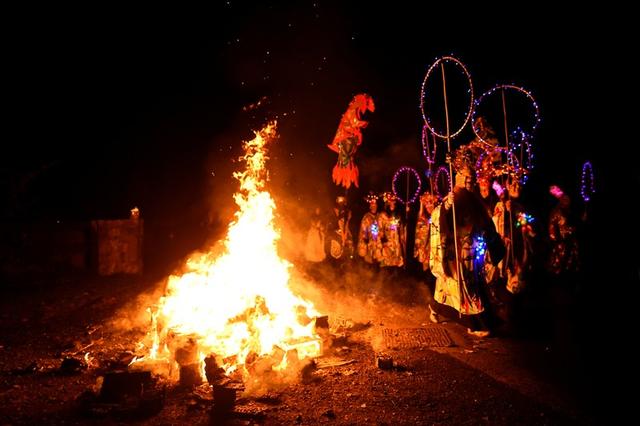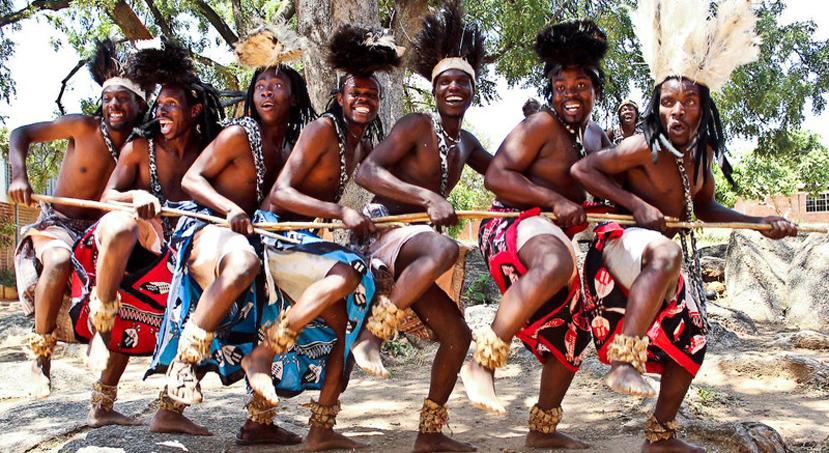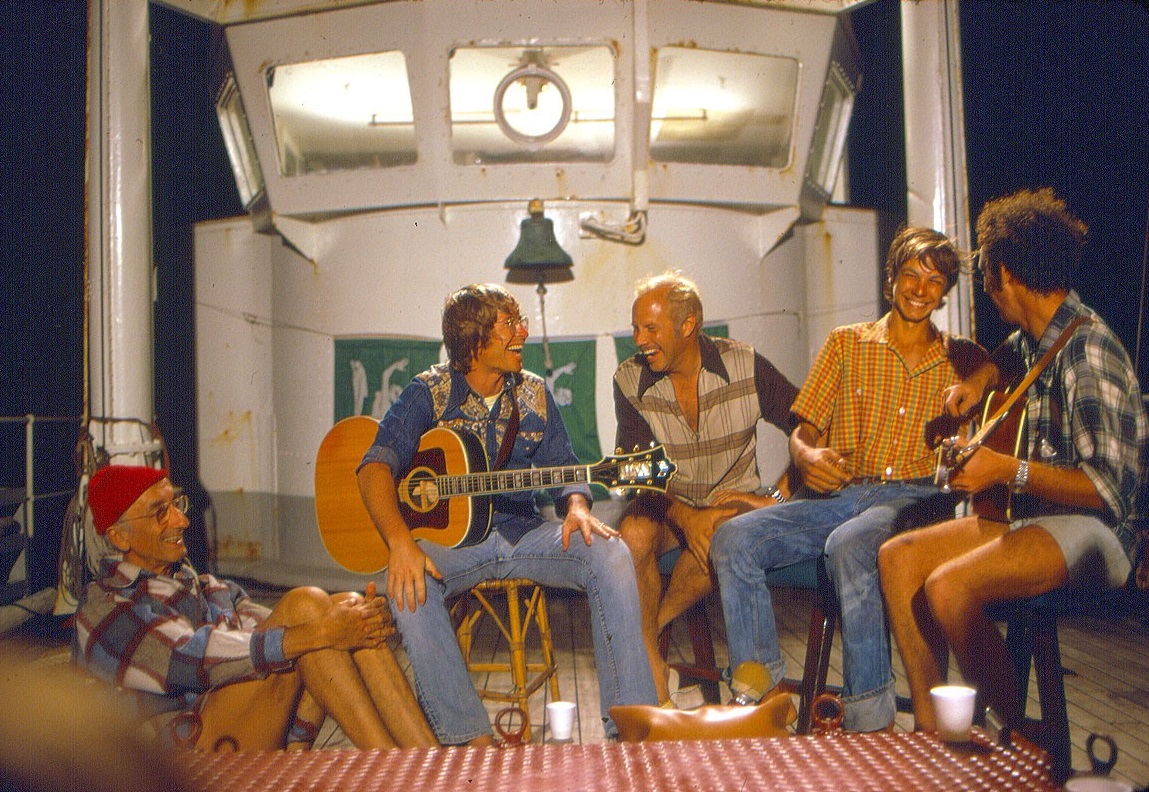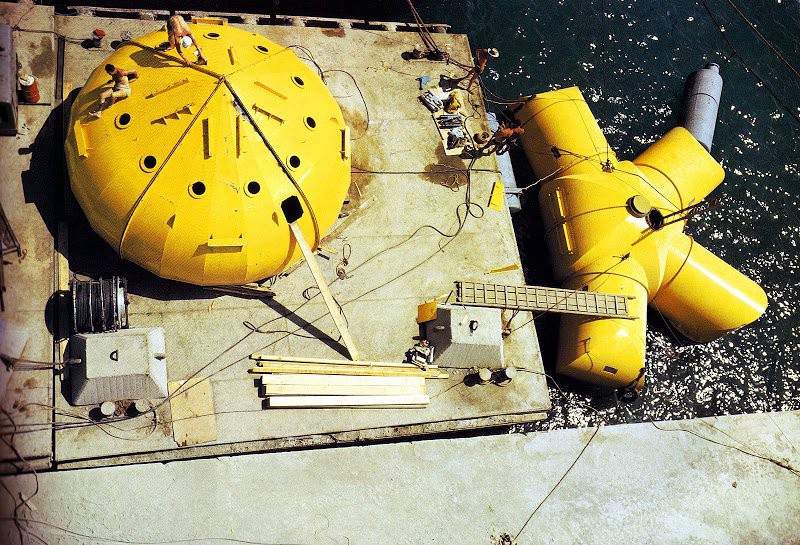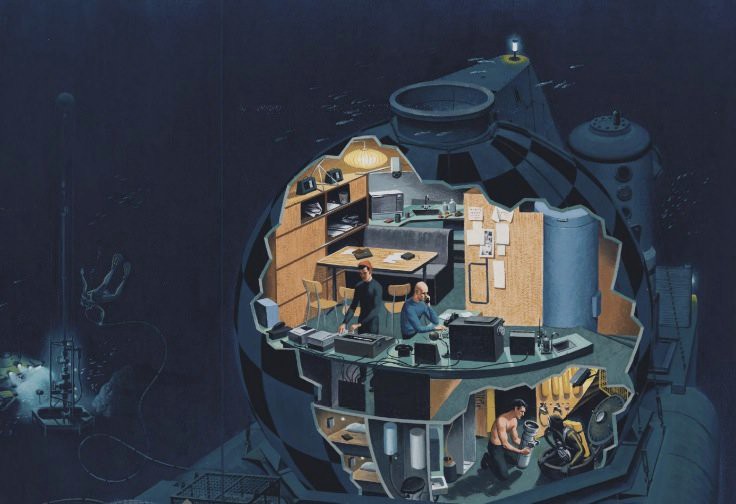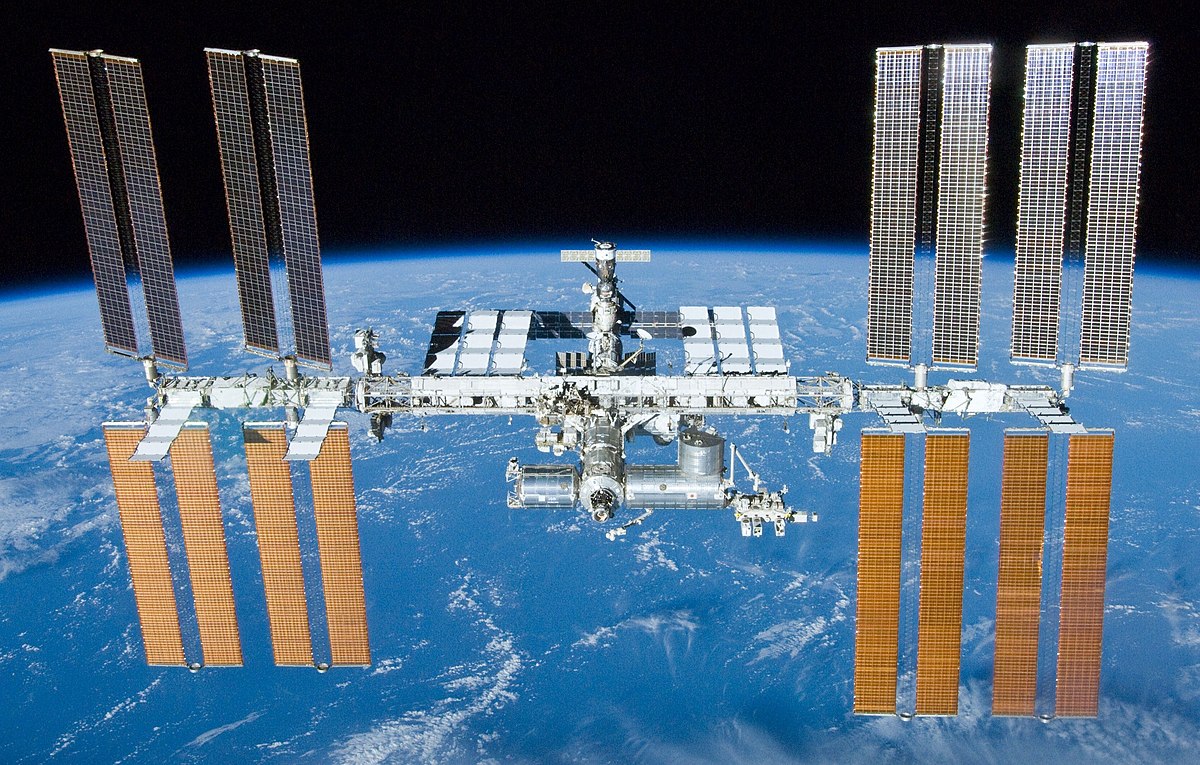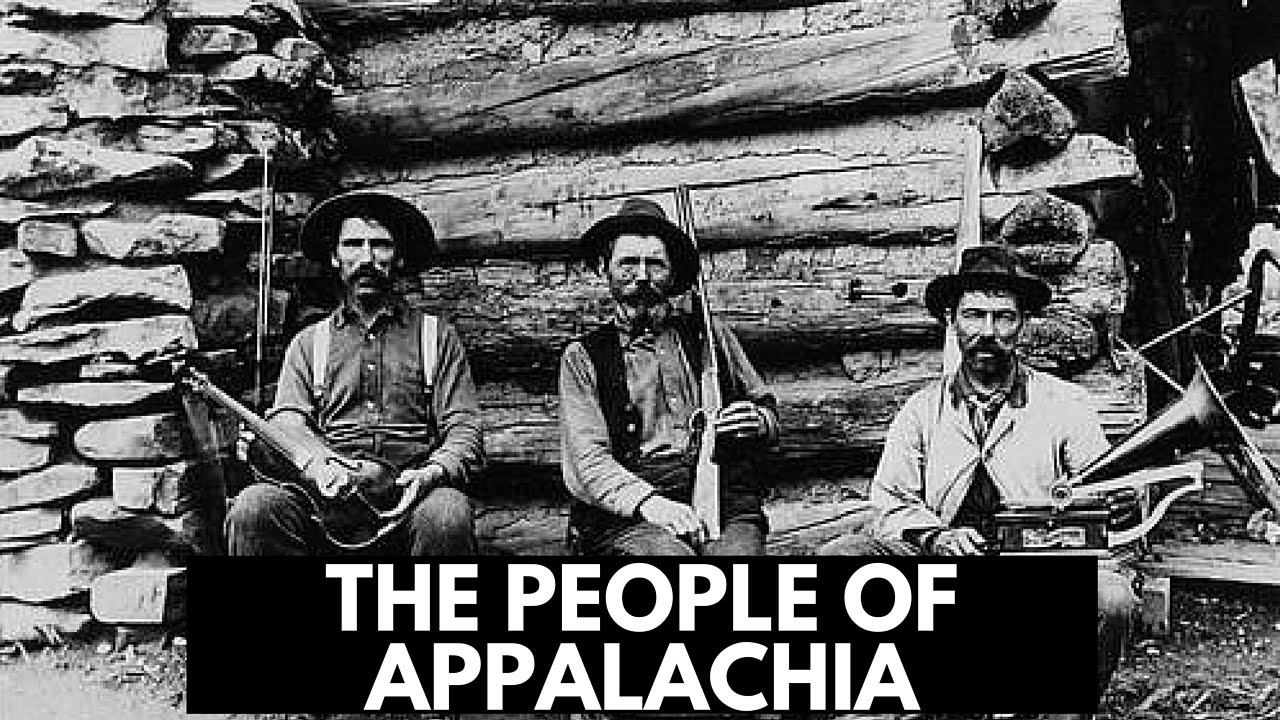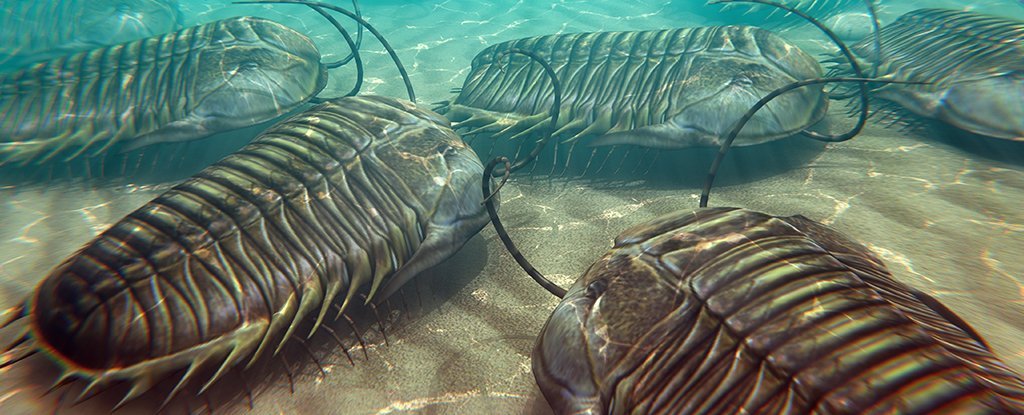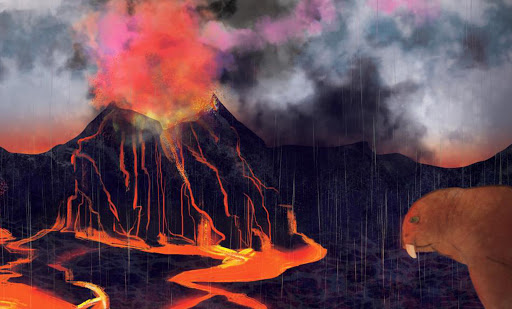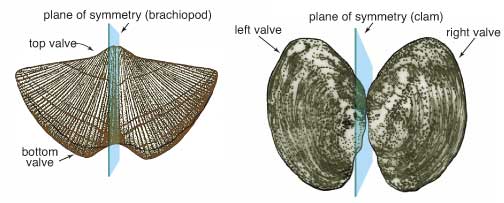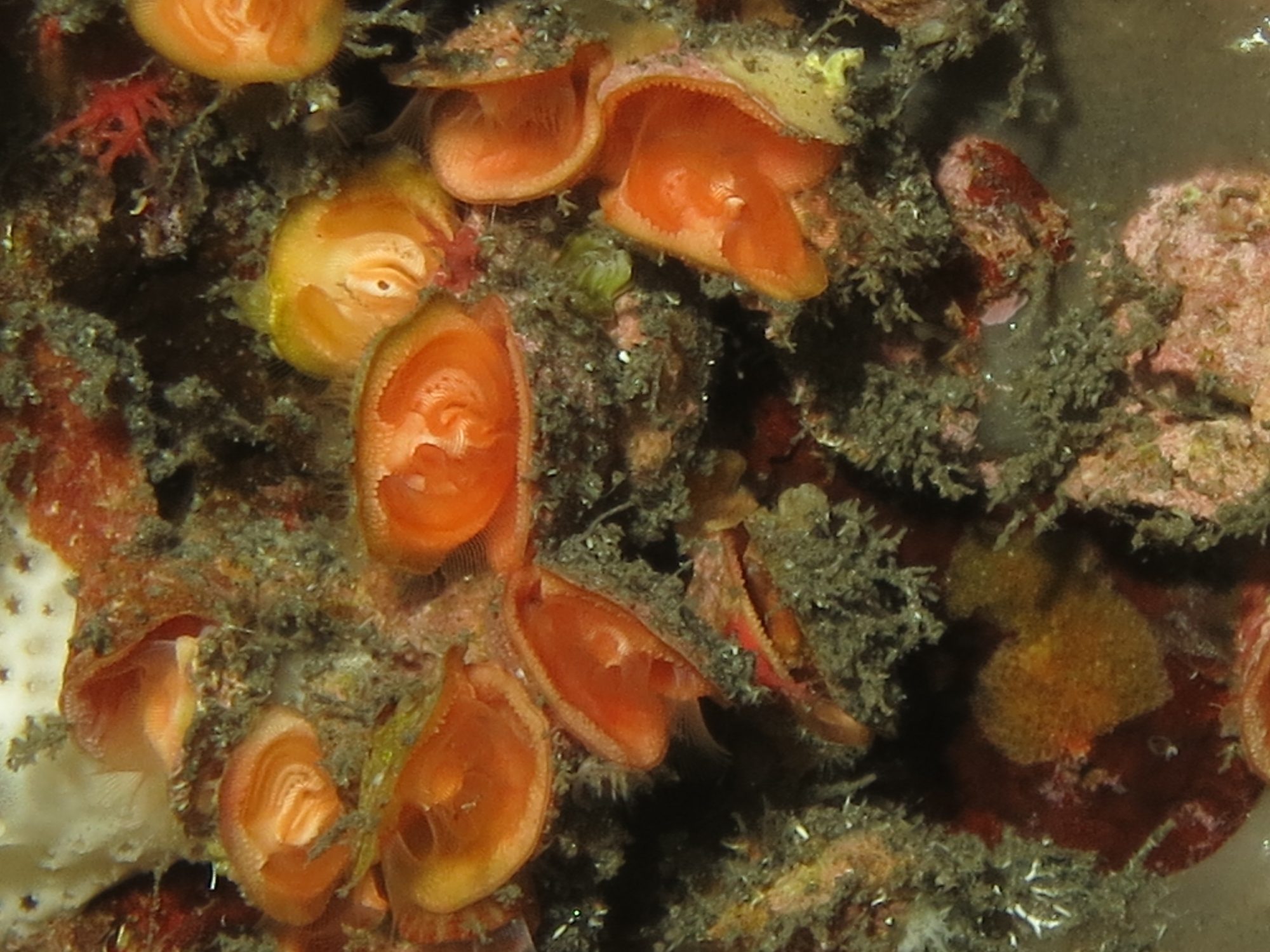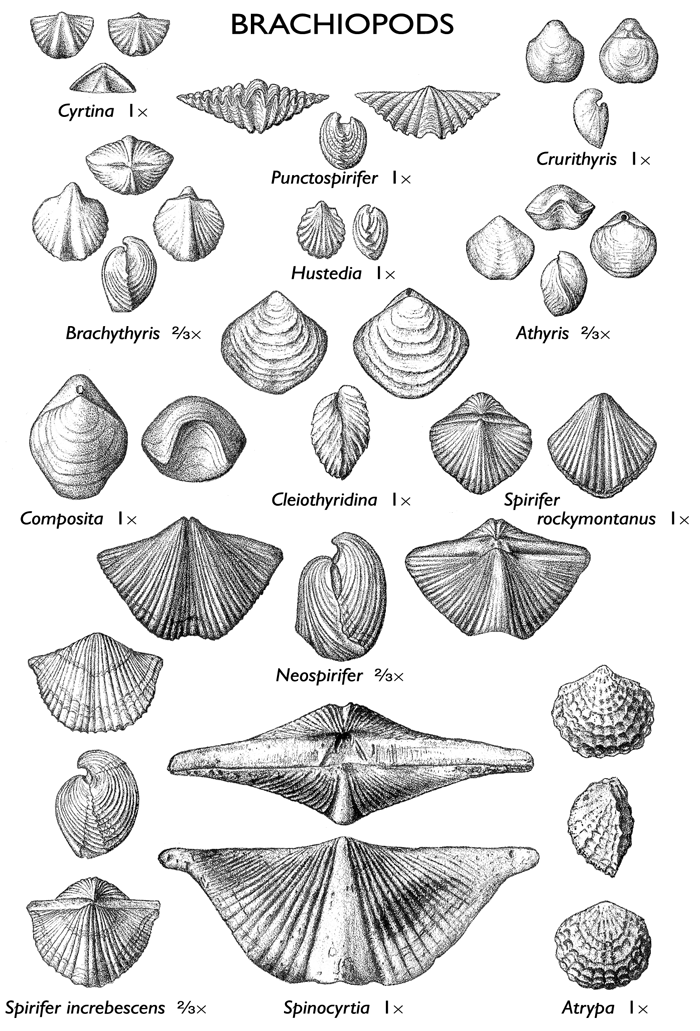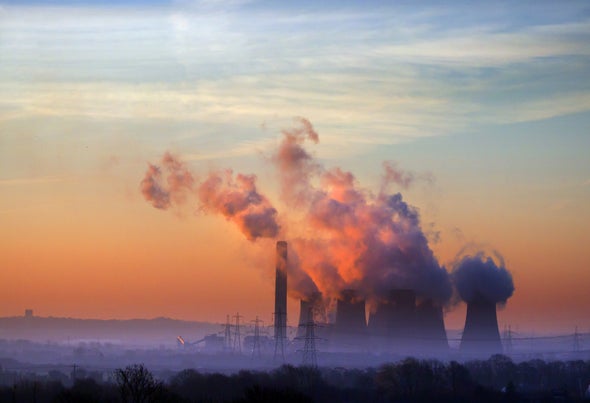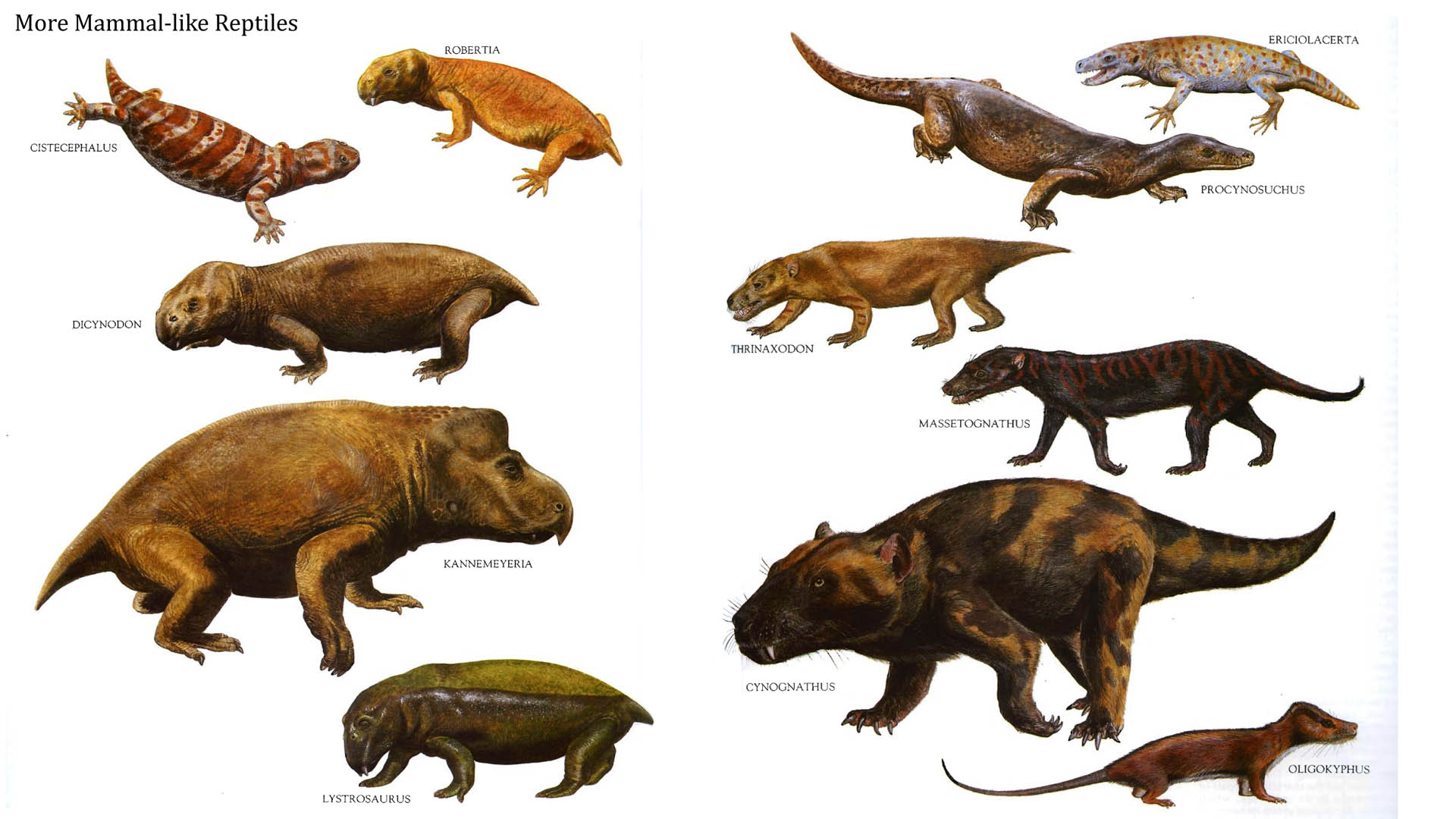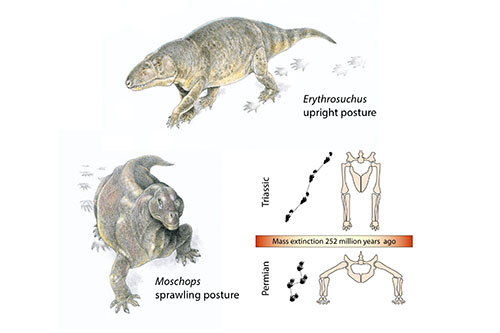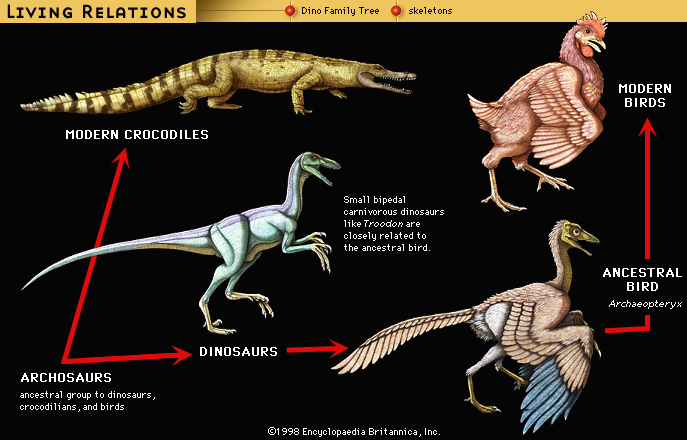I’d like to start this month’s space news post by taking a moment to celebrate twenty years of continuous human occupancy aboard the International Space Station (ISS). It was on November 2nd, 2000 that a Russian Soyuz capsule brought American astronaut William Shepard along with Russians Yuri Gidzenko and Sergei Krikalev to the not nearly completed ISS as it’s first official crew. Since that time human beings have had an uninterrupted presence in Low Earth Orbit (LOE).
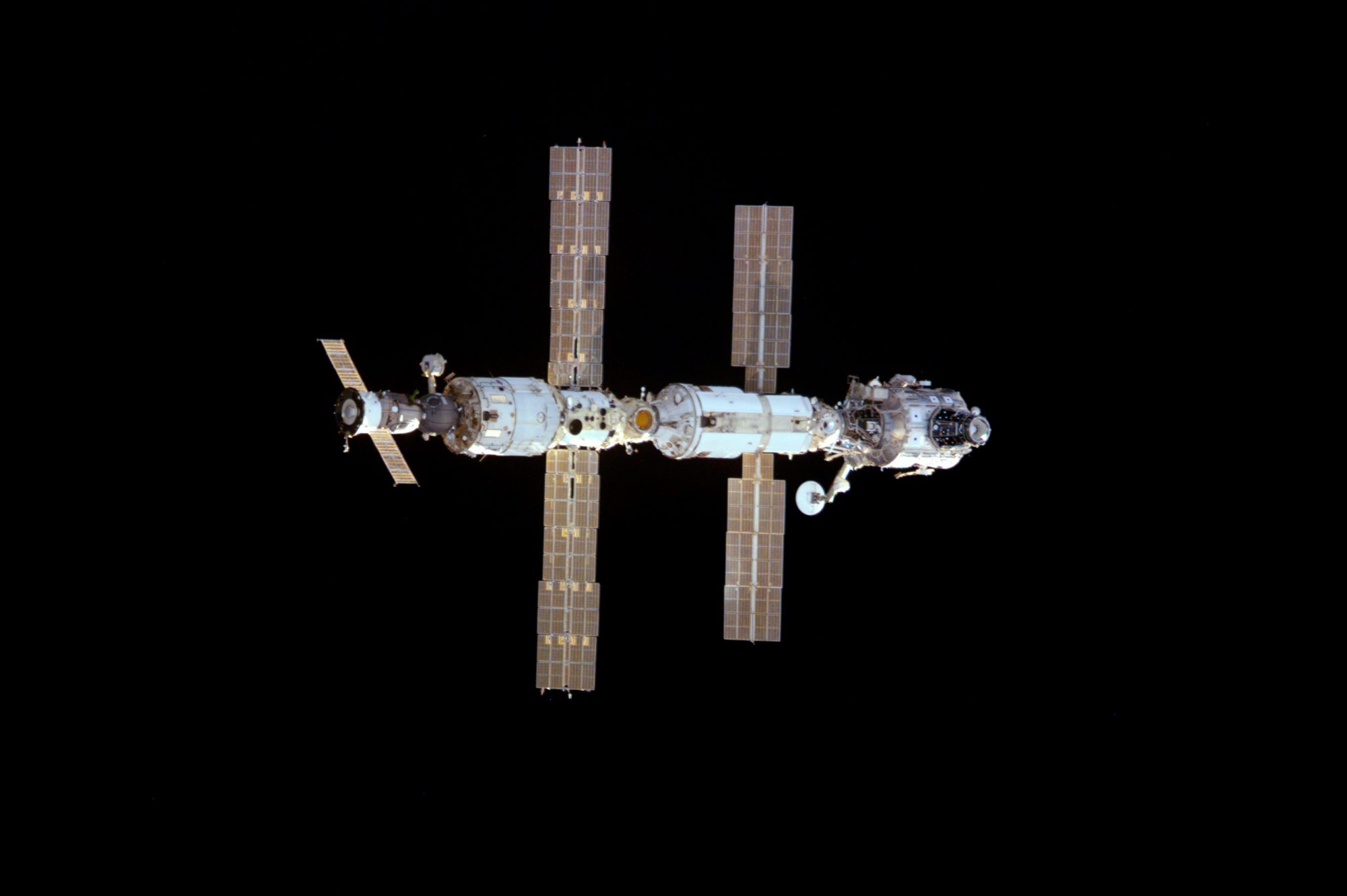
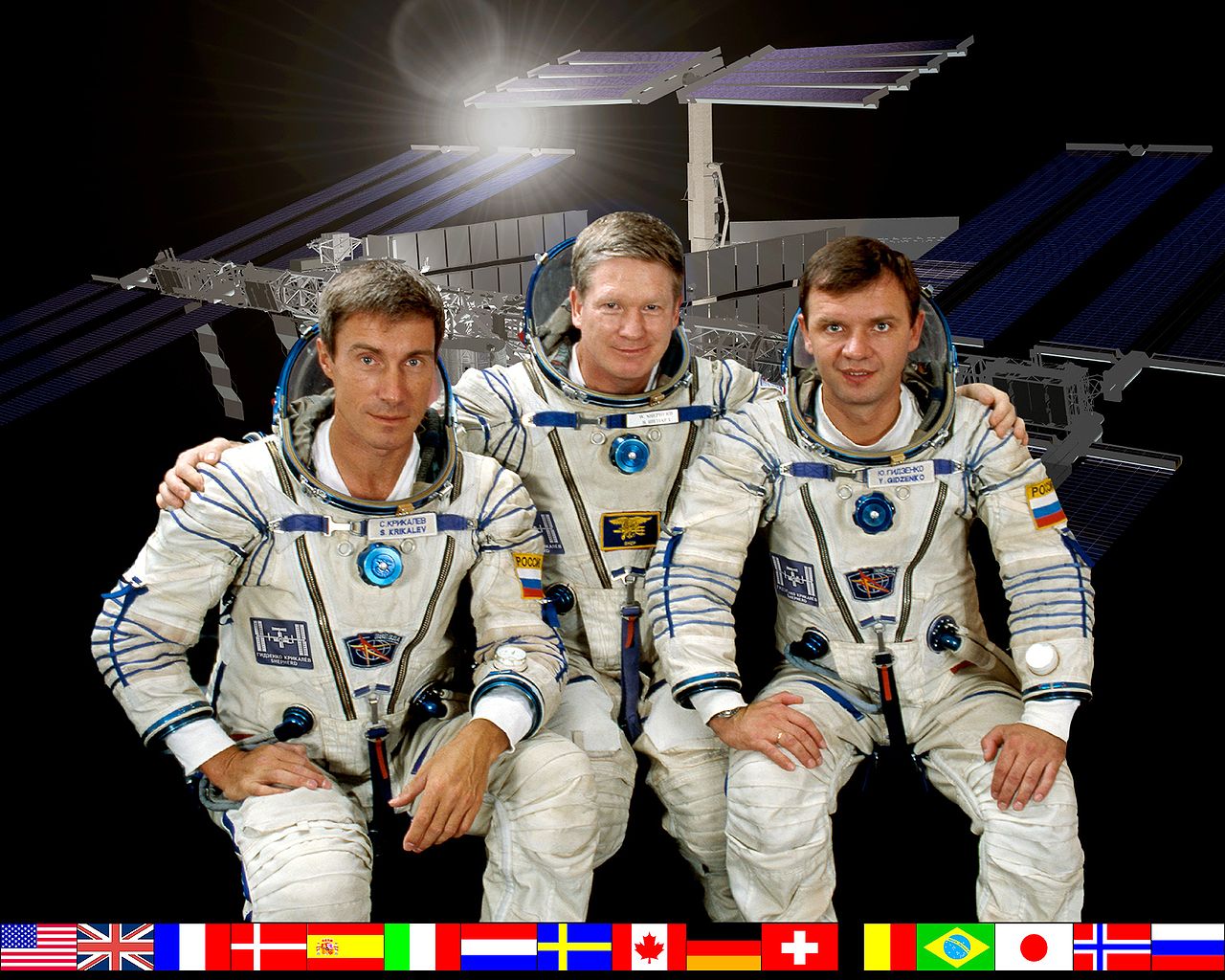
Of course the idea of a space station dates all the way back to the early Russian space theorist Konstantin Tsiolkovsky. In fact in 1961 President Kennedy considered ordering NASA to build a space station before deciding instead to start the Apollo Moon program. Then in 1984 President Ronald Reagan formally ordered NASA to use the new Space Shuttle to construct ‘Space Station Freedom’ a program that I actually did some work on dealing with the communications systems.
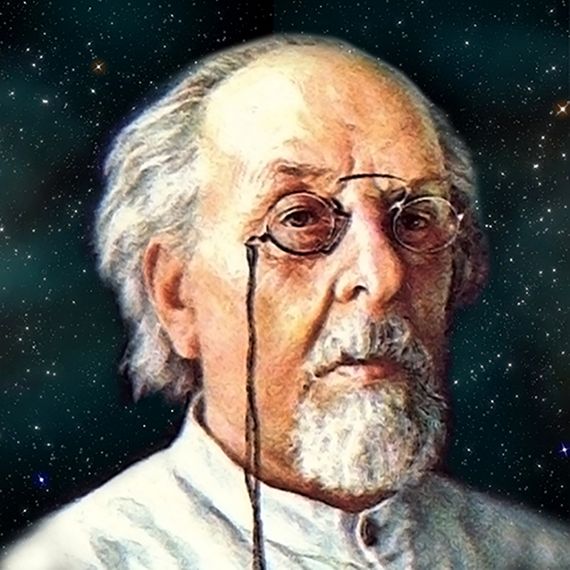
Unfortunately the loss of the space shuttle Challenger along with a growing federal deficit caused Space Station Freedom to be canceled during the first Bush administration. It was left to President Clinton to revive the idea of a space station and use it’s construction as a means to promote cooperation between the US and the Russian Federation after the collapse of the Soviet Union.
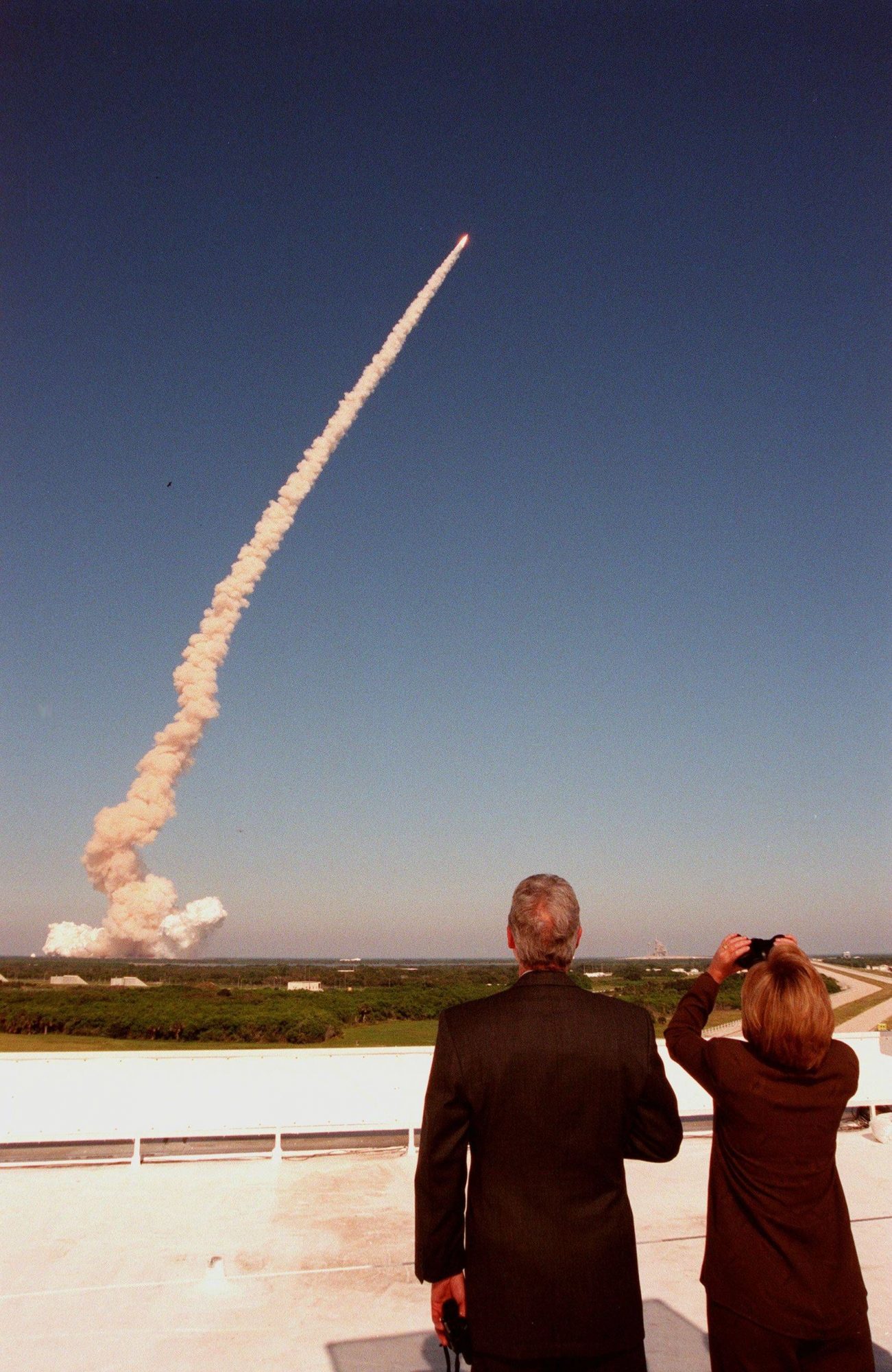
So briefly that’s how we humans came to construct our first permanent outpost off of our planet. A home in space, the beginning of many homes on many worlds in the years to come hopefully. Officially the ISS will continue to operate until 2024 but the indications are that the time limit will be extended until at least 2028.
And there’s currently also talk of several other possible space stations being constructed in the near future. The aerospace company Orion Span hopes to begin construction of an LEO station called Aurora as early as 2021 while Bigelow Aerospace also has plans for a private space station. Both of these stations are intended to cater to a growing space tourist demand using commercial launch systems as a means of getting their customers to their space stations. Meanwhile the growing space superpower of China is also making progress in its space station plans.
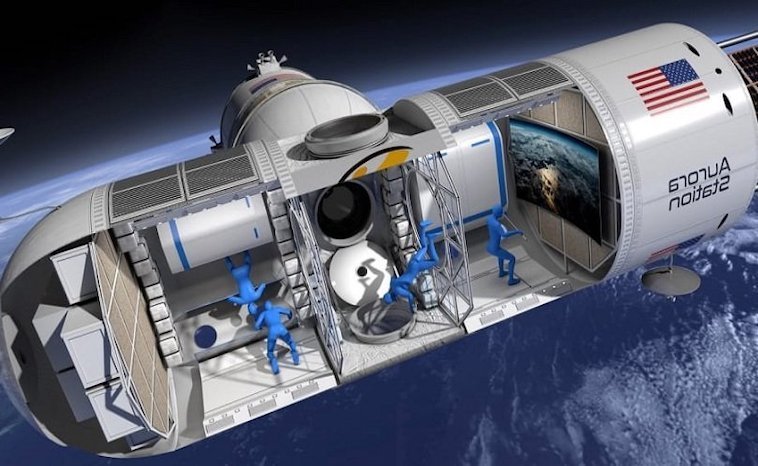
And getting to the ISS just got a lot easier because on November 15th Space X Corporation launched the first mission to the station in their contract under NASA’s commercial crew program. Now you should remember how back on the 28th of May a Space X Falcon 9 rocket launched two astronauts to the ISS in the company’s Dragon capsule, see my post of June 3rd 2020. Well, legally that was the last test flight for Dragon while this new mission is the first contract flight.
Irregardless of what the lawyers call it on the 15th of November the Space X Dragon capsule lifted off from Kennedy Space Center carrying four astronauts who are expected to remain aboard the ISS for the next six months as regular crew members. After a short voyage of about 27 hours the capsule successfully docked at the ISS perhaps beginning a new chapter in manned space exploration similar to the one that began with the first commercial airline flights more than 100 years ago.
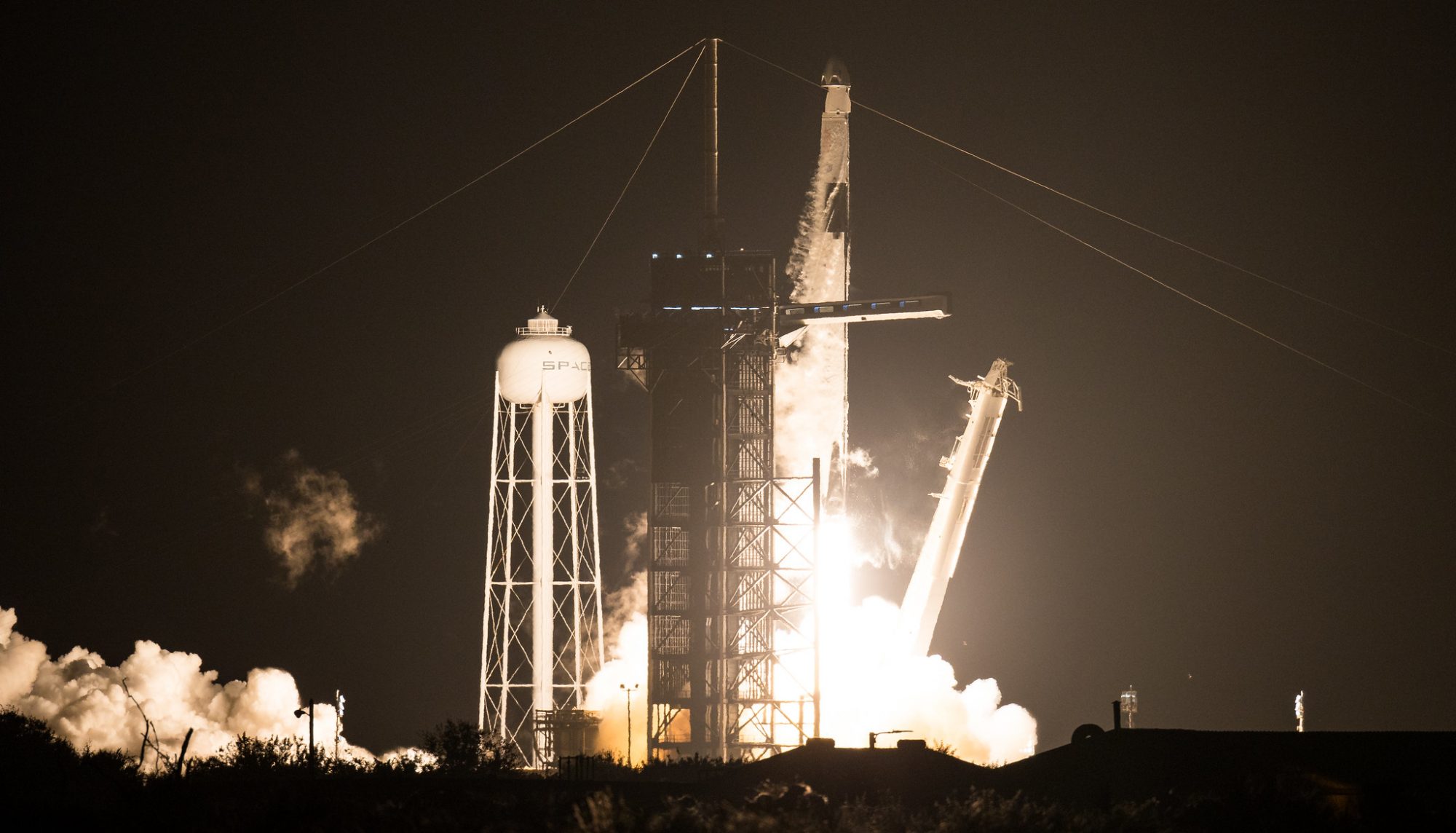
All of this progress comes right after a tumultuous election here in the United States and while space exploration never became much of an issue during the campaign the incoming Biden administration will certainly be looking to make a few changes at NASA. One change that is certain to occur is the appointment of a new Chief Administrator for the space agency since its current head Jim Bridenstine has announced that he will be leaving his post once Biden becomes president.

Bridenstine was an unusual choice in the first place since the former Oklahoma congressman is the only NASA head ever to have a political rather than a science or engineering background. Nevertheless I have to admit that Bridenstine has done a better job that I feared successfully managing not only the commercial crew program but also the ramping up of the Artemis Moon program. In fact if I have any criticism of the NASA administrator it is that as a former republican congressman he should have been able to generate a little more support, i.e. funding for Artemis.
So what changes can we expect from a Biden administration with respect to space exploration? For one thing the commercial crew program is undoubtedly safe since during his term as Vice-President Biden oversaw the initial start of the program.

Throughout his career Biden has been a supporter of space exploration but with the huge number of problems facing the new President it will all come down to the question of how much resources can we afford to spend on space. The answer to that question will have a great impact on the Artemis program and its plan of returning US astronauts to the Moon in 2024. In these posts I have often questioned the feasibility of that schedule suggesting that a first Artemis lunar landing is more likely to take place in a 2026-28 time frame. It seems likely that the new Biden administration will continue to provide enough support to Artemis to keep to that more reasonable schedule.
At least the President-elect has begun to assemble his NASA team choosing eight former NASA employees, including former astronaut Pam Melroy and several chief scientists, Ellen Stofan and Waleed Abdalati as advisors. For the moment these are temporary advisors rather than permanent appointees but at least their participation in Biden’s transition team indicates the incoming president’s commitment to space exploration.
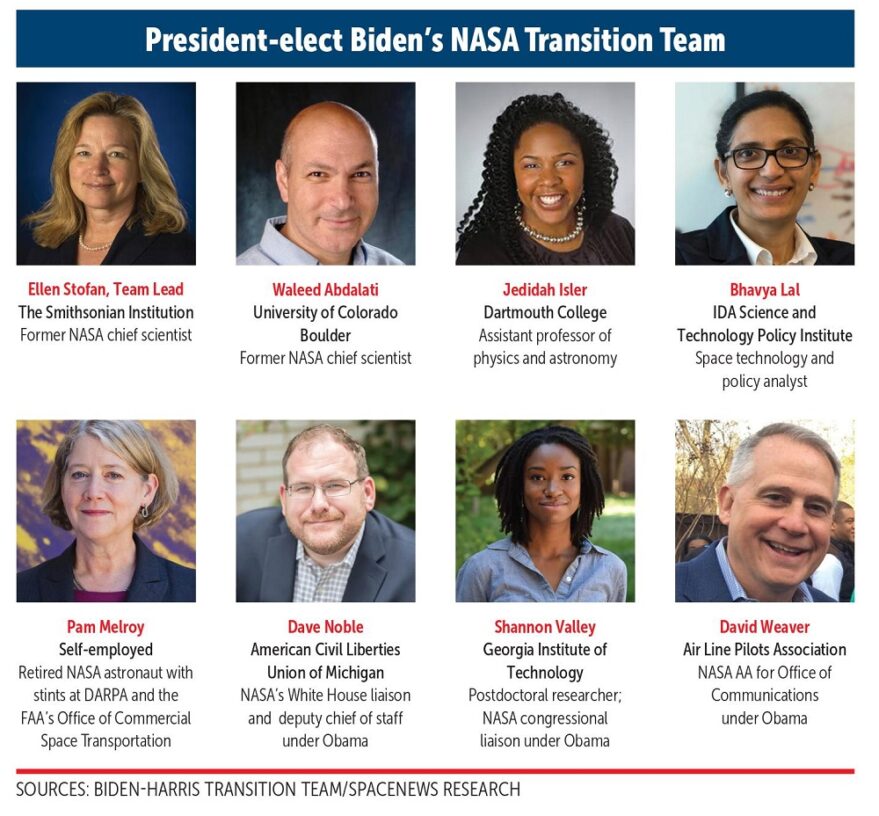
On the whole I expect that NASA under a Biden administration will receive as much support and funding as can be spared from trying to solve all of the other, more pressing problems facing our nation.

